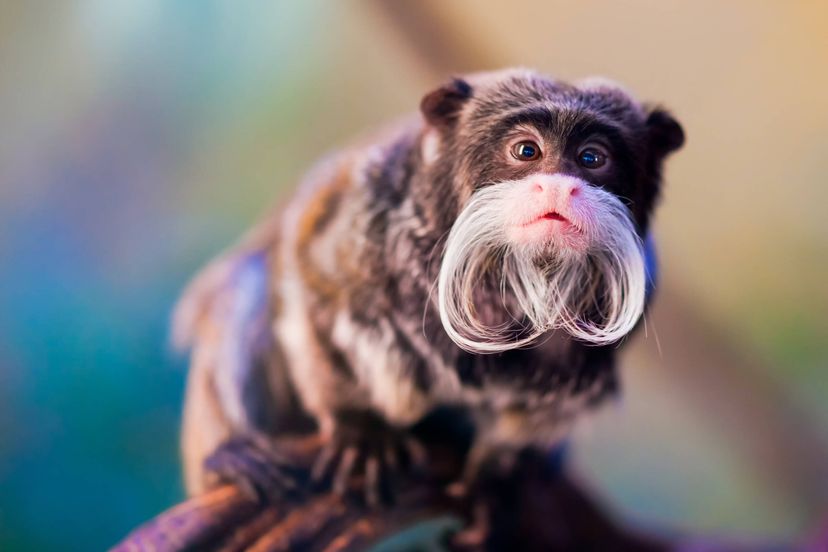
Animal diversity on planet Earth is truly amazing. Aside from domesticated pets, however, the most commonly thought of creatures are typically those known for their size, speed, or fierceness. There is another category, however, of mostly unknown animals whose sole commonality is simply their strangeness. Although beauty may be in the eye of the beholder, the uniqueness of these creatures is difficult to argue. Since people travel the world to taste bizarre foods and experience exotic climates, why not arrange an itinerary around the world’s 7 strangest animals in their natural habitat?
Advertisement
1. Sloth
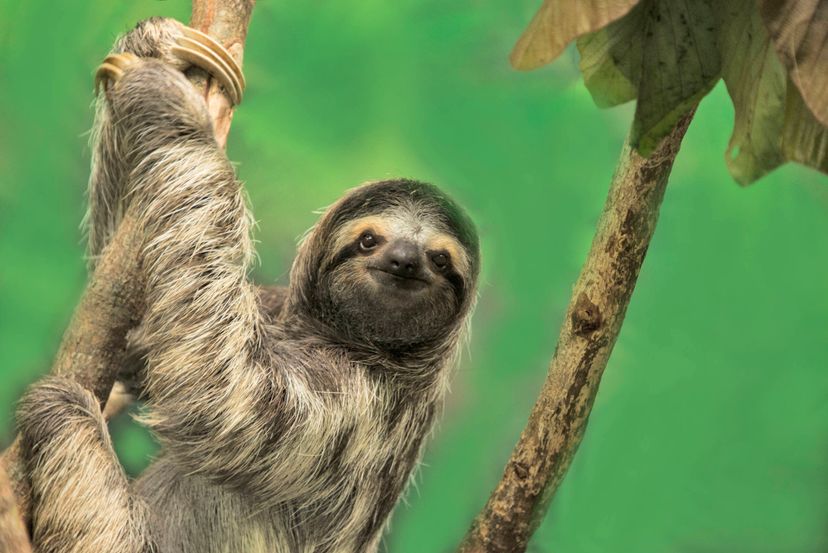
The sloth is the only animal to have one of the Seven Deadly Sins named after it. While there are several members of the sloth family, as a whole, the species are known for being lazy and excruciatingly slow. To quote the 1997 Encyclopedia of Mammals, “[the sloth’s] top speed is a dismal 1.2 mph.” Aside from a lack of speed, these animals also have faces that seem to be permanently contorted into a silly grin. The majority of sloths can be found in Central and South American jungles, particularly Ecuador and Costa Rica.
2. Aye Aye/Lemur Monkey
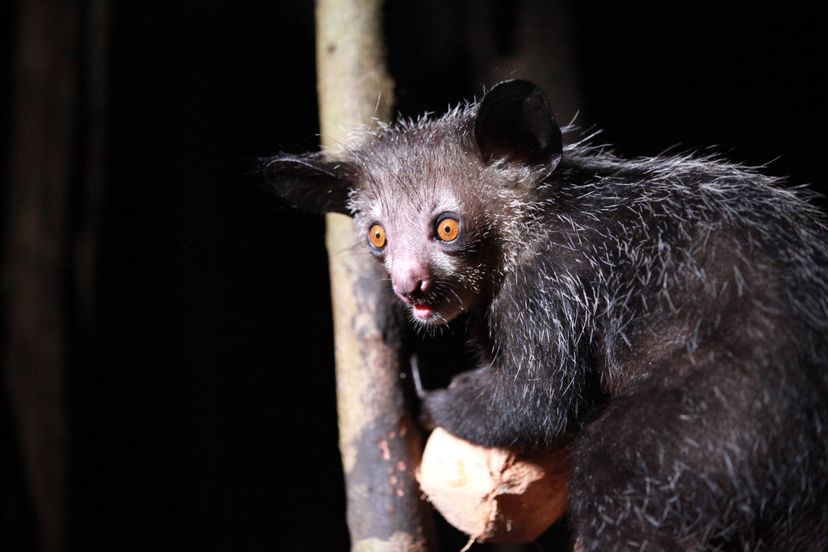
While the sloth may have a perpetual grin, the nocturnal aye-aye has a permanent look of shock. In addition, this member of the lemur family possesses exceptionally long and spindly fingers, with which it forages for insects nestled away in the tree trunks. The cartoonish aye-aye can be only be found in Madagascar, the massive island off the eastern coast of Africa, known for its unique ecosystem.
3. Emperor Tamarin
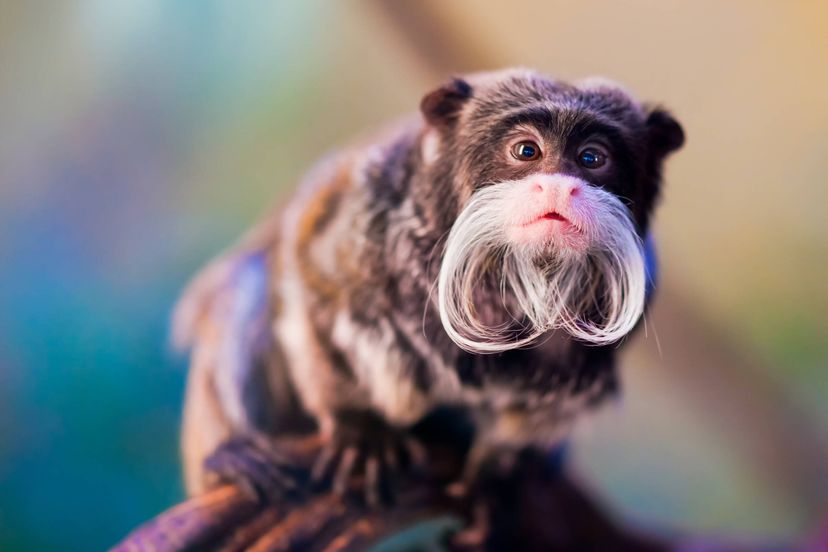
The emperor tamarin is an equally amusing creature. For the most part, the emperor is just a typical small-sized, black monkey that enjoys swinging from treetops and eating plants. It also, however, happens to have a giant white curly moustache, making it a dead-ringer for German Emperor Wilhemm II. What was first a comical nickname is now the animal’s official scientific title. The emperor tamarin is native to the rain forests of Peru and Bolivia.
4. Red Panda
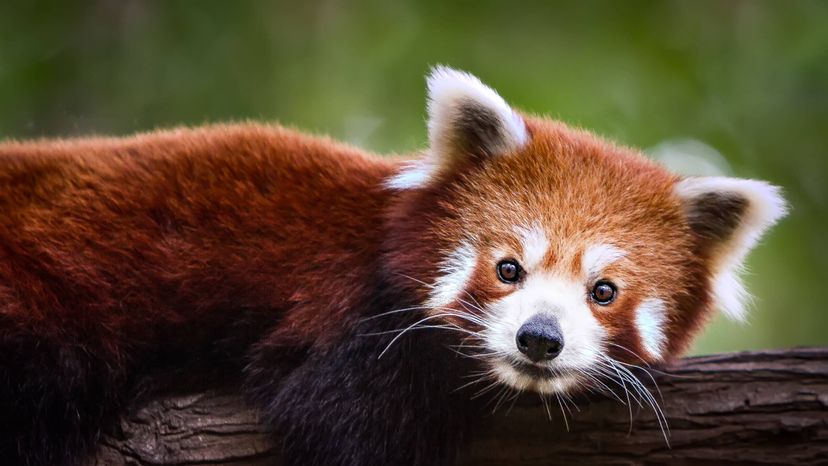
The red panda looks like a mix between a panda bear and a racoon. This arboreal mammal is native to the eastern Himalayas and southwestern China. It’s related to racoons, weasels and skunks and is slightly larger than an average house cat. It is also recognized by its waddling walk due to its front set of legs being short than the back.
Advertisement
5. Proboscis Monkey
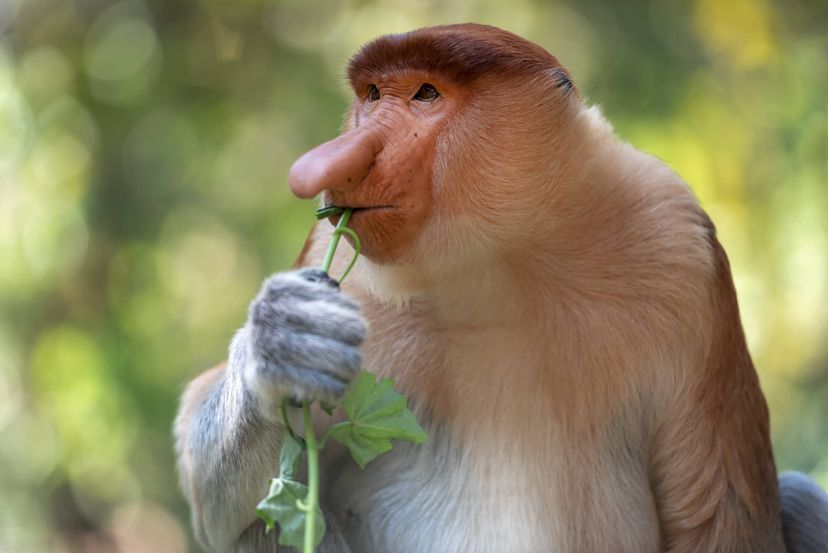
This long-nosed monkey, also commonly known as monyet belanda (Dutch monkey) is particularly interesting in its appearance. It’s endemic to the south-east island of Borneo, in Asia, and belongs to the monotypic genus Nasalis. According to the IUCN Red List of Threatened Endangered Species, the proboscis monkey is endangered and its total population has decreased by more than 50% in the last 40 years due to habitat loss and hunting.
6. Axolotl
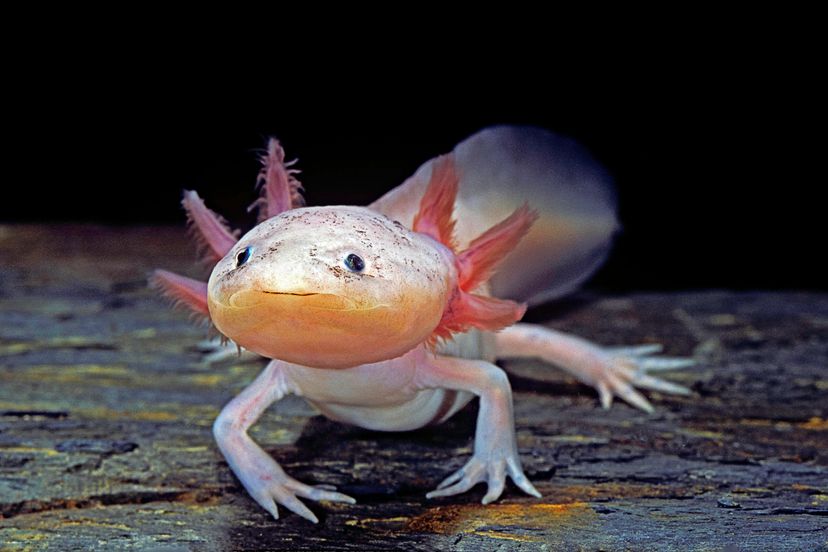
While the rest of the animals on this list could be described as either strange/cute or strange/scary, the axolotl is in a league of its own. Technically this creature is a member of the Mexican salamander family, but since it never fully matures, it’s more like an oversized tadpole. While all axolotls are strange in appearance, the leucistic axolotls, with their all-white pigmentation and pink eyes, are particularly bizarre. At best they might resemble a slippery, mesmerizing, underwater Muppet. Axolotls, in their natural habitat, can be found in the lakes around southern Mexico, particularly Lake Xochimilco just below Mexico city.
Advertisement